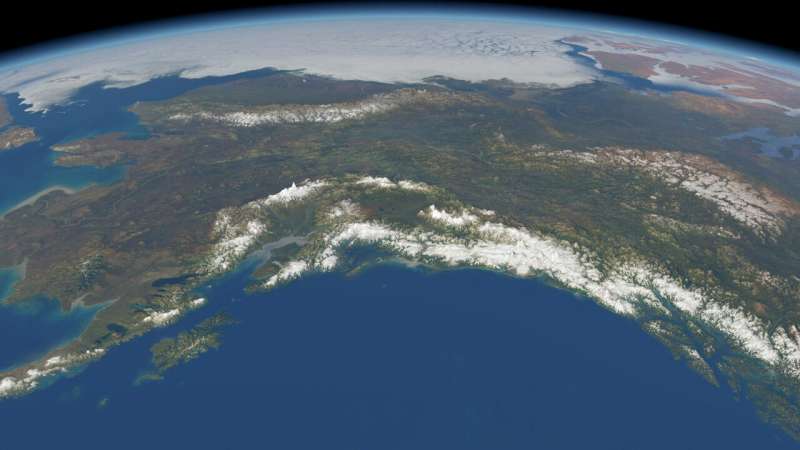

Some reports have indicated the presence of "distant flashing lights" before or during a cryoseism, possibly because of electrical changes when rocks are compressed. Since cryoseisms occur at the ground surface they can cause effects right at the site, enough to jar people awake. Cryoseisms release less energy than most tectonic events. Due to lower- frequency vibrations of cryoseisms, some seismic monitoring stations may not record their occurrence. Furthermore, cryoseisms often exhibit high intensity in a very localized area, in the immediate proximity of the epicenter, as compared to the widespread effects of an earthquake. Cryoseisms can have an intensity of up to VI on the Modified Mercalli Scale. Cryoseisms can, however, be distinguished from earthquakes through meteorological and geological conditions. Initial indications may appear similar to those of an earthquake with tremors, vibrations, ground cracking and related noises, such as thundering or booming sounds. Effects Ĭryoseisms are often mistaken for minor intraplate earthquakes.

Speculation has been made between global warming and the frequency of cryoseisms. The requirements for a cryoseism to occur are numerous therefore, accurate predictions are not entirely possible and may constitute a factor in structural design and engineering when constructing in an area historically known for such events.

This stress builds up until relieved explosively in the form of a cryoseism. Īs water drains into the ground, it may eventually freeze and expand under colder temperatures, putting stress on its surroundings. For the 2010 novel, see Ice Quake (novel).Ī cryoseism, ice quake or frost quake, is a seismic event caused by a sudden cracking action in frozen soil or rock saturated with water or ice, or by stresses generated at frozen lakes. They can occur over several hours or even several days."ice quake" redirects here. Have the app? Unlock AccuWeather Alerts™ with Premium+įor these reasons, frost quakes occur only in areas where the conditions are just right.Īfter a relatively mild start to the year, which included above-freezing temperatures and mostly rain, parts of southern New England could be at risk of hearing a few loud booms this weekend as the polar vortex delivers some of the coldest air of the season.Īccording to the Maine Geological Survey, frost quakes usually occur between midnight and dawn, which is the coldest part of the night. The presence of as little as 6 inches of snow is enough to keep the freezing air from affecting the ground when the temperature drops rapidly, thus preventing frost quakes from taking place. This is because snow acts as an insulator when it is deep enough. This change cracks the ground, including rock, around the solid ice formation.Īn abundance of snow will prevent frost quakes from occurring. When the temperature drops rapidly, within approximately 12 to 48 hours, water that has collected below the surface of the ground freezes solid and expands quickly. When temperatures are at the freezing point, water located deep underground can begin to freeze. The severity of the cracking of the soil depends on the amount of water present. The precipitation can be in the form of rain, sleet or a mixture of wet weather conditions that have saturated the ground saturated deep down. This happens most frequently in areas where there has been a great deal of precipitation in a relatively short period. For a frost quake to occur, there must be sufficient water present, and this water must be located deep within the ground.


 0 kommentar(er)
0 kommentar(er)
